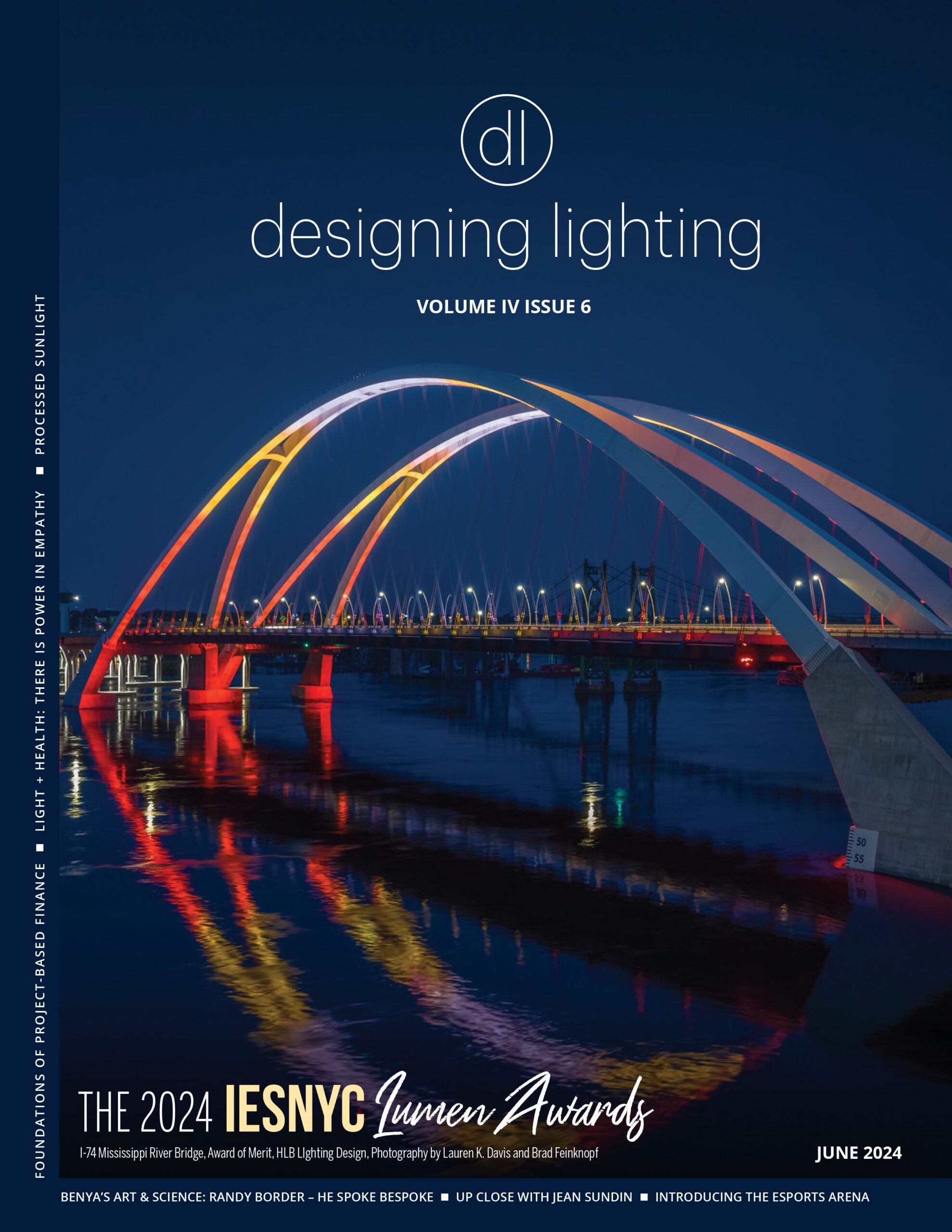HOK’s Anica Landreneau and Sean Quinn emphasized key issues for COP28 delegates regarding the built environment and climate change. Buildings contribute heavily to carbon emissions, prompting the need for urgent action:
1. Standardize Codes and Toolkits: Harmonizing building and energy codes globally is crucial. Establishing common definitions for terms like zero emissions and focusing on both new and existing buildings through a comprehensive policy toolkit is essential.
2. Rethink Resiliency: Shifting perspectives on resiliency is vital. Instead of viewing nature as an adversary, leveraging natural solutions and integrating green infrastructure into communities can mitigate climate change effects while enhancing biodiversity and air quality.
3. Address Embodied Carbon: The energy used in creating and transporting building materials contributes significantly to emissions. Measures to track and innovate in reducing embodied carbon, such as California’s mandate and private sector involvement in low-carbon material technologies, are necessary.
4. Jumpstart Green Financing and Incentives: Securing funding for climate action is critical. Advocating for international loss and damage funds is complex, but individual countries, regulatory bodies, financial institutions, and the private sector can spearhead initiatives like incentive packages and regulatory changes to promote green development.
5. Quit Stalling: Urgency is paramount. Earth’s temperature is rising faster than anticipated, endangering ecosystems, communities, and insurance systems. Immediate action to cut emissions by 42% before 2030 is imperative to avert severe consequences.
Landreneau and Quinn emphasized that COP28 must set an example by innovating, taking risks, and demonstrating practical solutions for both public and private sectors to follow. The urgency to mitigate climate change’s impact on the built environment is critical.
For the full article from HOK click here



